
I-motif DNA structures are formed in the nuclei of human cells
For decades, the image of the DNA double helix has dominated our understanding of genetic material. While the classic Watson-Crick model remains fundamental to molecular biology, scientists have increasingly recognized that DNA is far more structurally dynamic and diverse. Among the alternative DNA structures recently gaining attention is the i-motif, a four-stranded DNA configuration once believed to exist only in laboratory conditions. Today, thanks to advanced molecular imaging techniques, researchers have confirmed that i-motif DNA structures are indeed formed in the nuclei of human cells, challenging long-held assumptions and opening new frontiers in genomics and epigenetics.
The i-motif is a DNA secondary structure that forms in cytosine-rich regions of the genome. Unlike the right-handed double helix, the i-motif consists of intercalated cytosine–cytosine+ base pairs, stabilized under slightly acidic conditions. These unique configurations were first identified in vitro, and for many years, they were considered unstable and irrelevant under physiological conditions. However, the narrative began to shift with technological breakthroughs that allowed the visualization of DNA in living cells with high specificity and resolution.
In a landmark study in 2018, Australian researchers employed a specially designed antibody probe that could recognize and bind to i-motif structures without disrupting their natural state. Using fluorescence microscopy, they demonstrated the presence of i-motifs in the nuclei of human cells, especially during certain phases of the cell cycle. This was the first direct evidence that these structures naturally occur within living human cells, marking a significant milestone in DNA research.
The discovery of i-motifs in human cell nuclei has major implications for our understanding of gene regulation and genome stability. Interestingly, i-motifs tend to form in the promoter regions of genes—sections of DNA that control the transcription of nearby genes. Their presence in these regions suggests they may act as molecular switches, temporarily turning genes on or off depending on the cell’s needs. This dynamic regulatory role could be particularly important in developmental biology, circadian rhythms, and the response to cellular stress.
Moreover, the formation of i-motifs appears to be cell cycle-dependent, with structures more commonly appearing in the late G1 phase. This timing implies a connection between i-motif formation and DNA replication or transcriptional activity. Their transient nature may provide a rapid and reversible mechanism to modulate gene expression, contrasting with more permanent genetic modifications like methylation.
While the physiological functions of i-motifs are still under investigation, their potential roles in disease biology, especially cancer, are intriguing. Because promoter regions often mutate or become dysregulated in cancer, understanding how i-motifs influence gene expression could lead to new diagnostic markers or therapeutic targets. For example, designing small molecules that stabilize or destabilize i-motif structures might allow for precise control of gene activity in cancer cells.
In addition to their biological relevance, i-motif structures are of interest in nanotechnology and synthetic biology. Their pH-sensitive folding and unfolding properties make them attractive for use in molecular switches, biosensors, and drug delivery systems. As a responsive and reversible DNA structure, the i-motif is a prime candidate for applications where environmental changes can trigger mechanical or chemical responses.
In conclusion, the confirmation that i-motif DNA structures form naturally in human cell nuclei represents a paradigm shift in our understanding of DNA architecture. These once-dismissed structures are now seen as potentially crucial components of gene regulation and cellular function. As research continues, we may find that i-motifs hold the key to unlocking deeper layers of genomic complexity and offer innovative paths for disease treatment and biotechnology. The double helix, it seems, is only the beginning of DNA’s structural story.
News in the same category

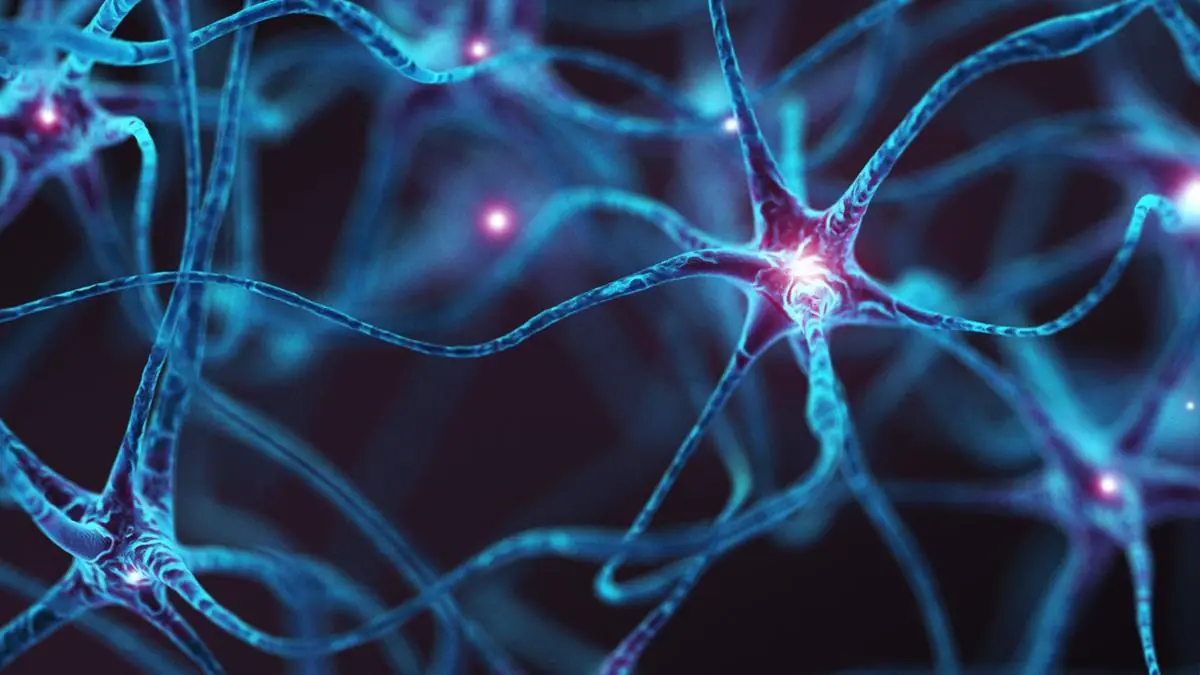
Skin Cells Can Send Electrical Signals to Help Heal Wounds – A New Discovery in Wound Healing

Disturbing simulation reveals what really happens to your body after injecting Ozempic
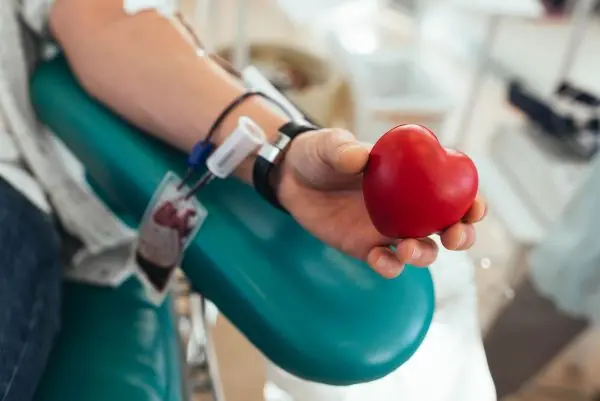
Regular Blood Donation May Improve Blood Cell Health and Reduce Cancer Risk
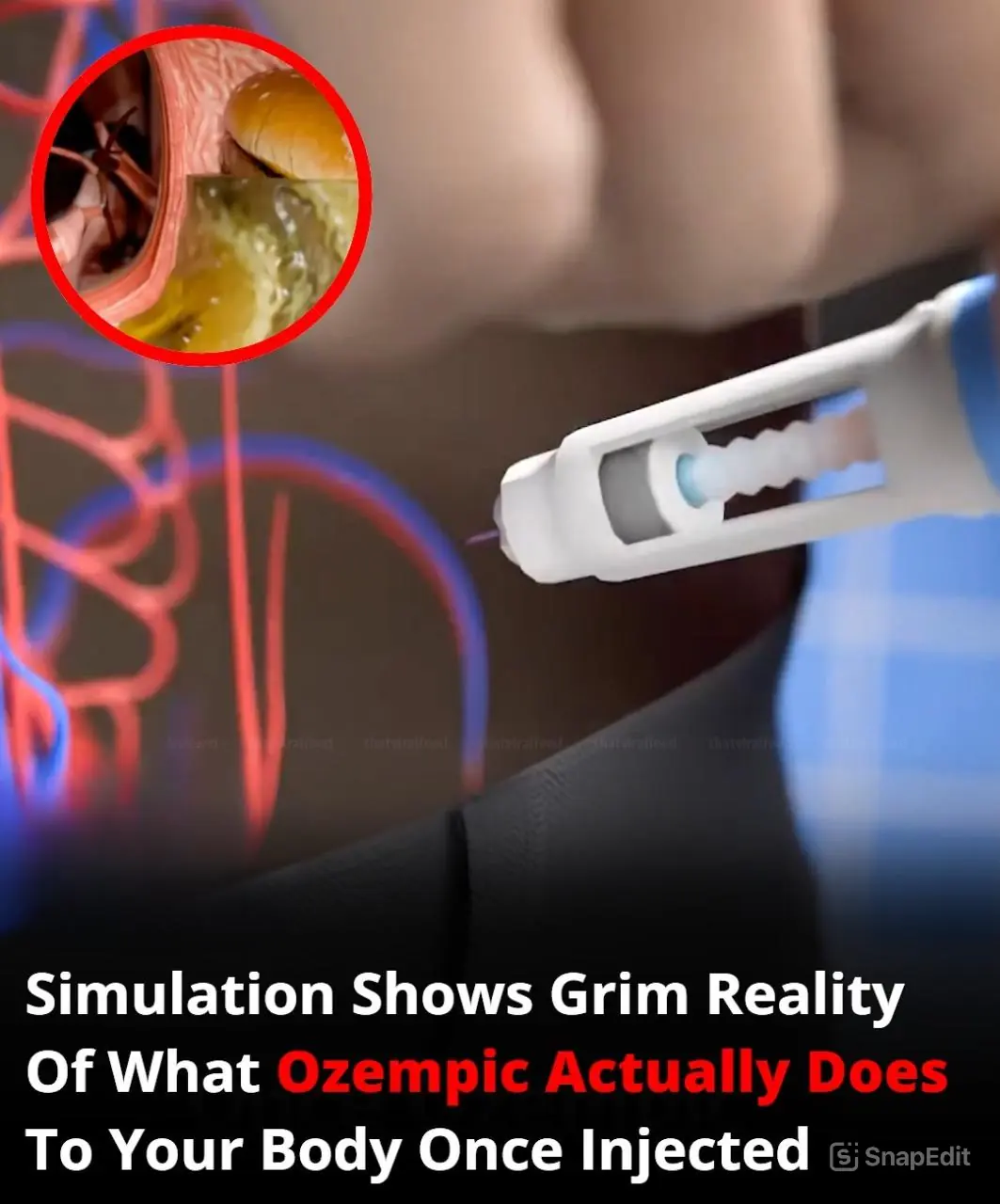
Simulation Reveals Shocking Truth About What Ozempic Does To Your Body After Injection
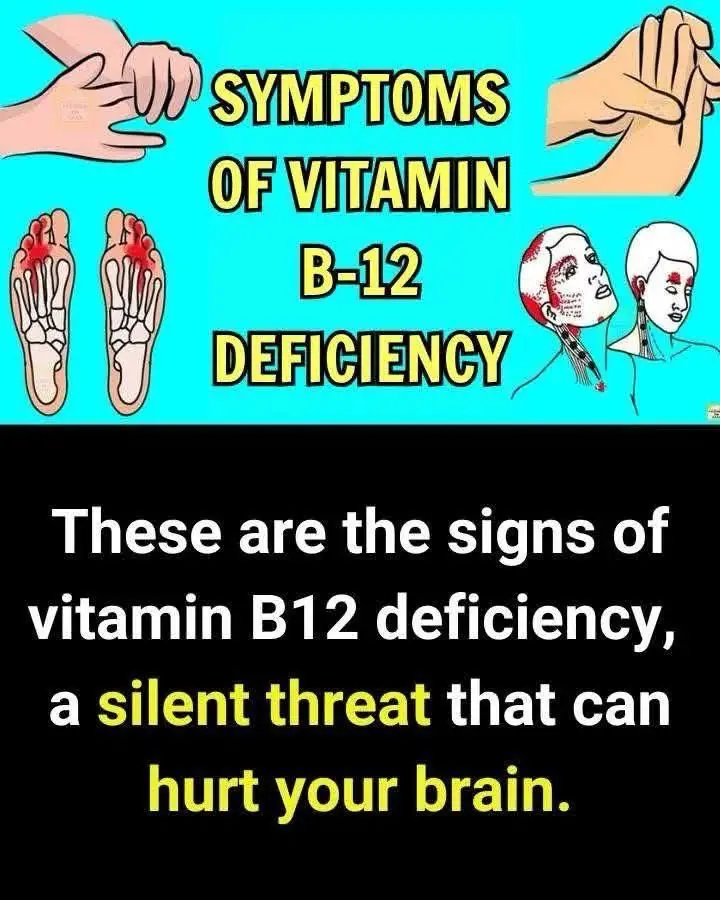
Vitamin B12 Deficiency Symptoms

5 Early Signs of Colon Cancer You Shouldn’t Ignore
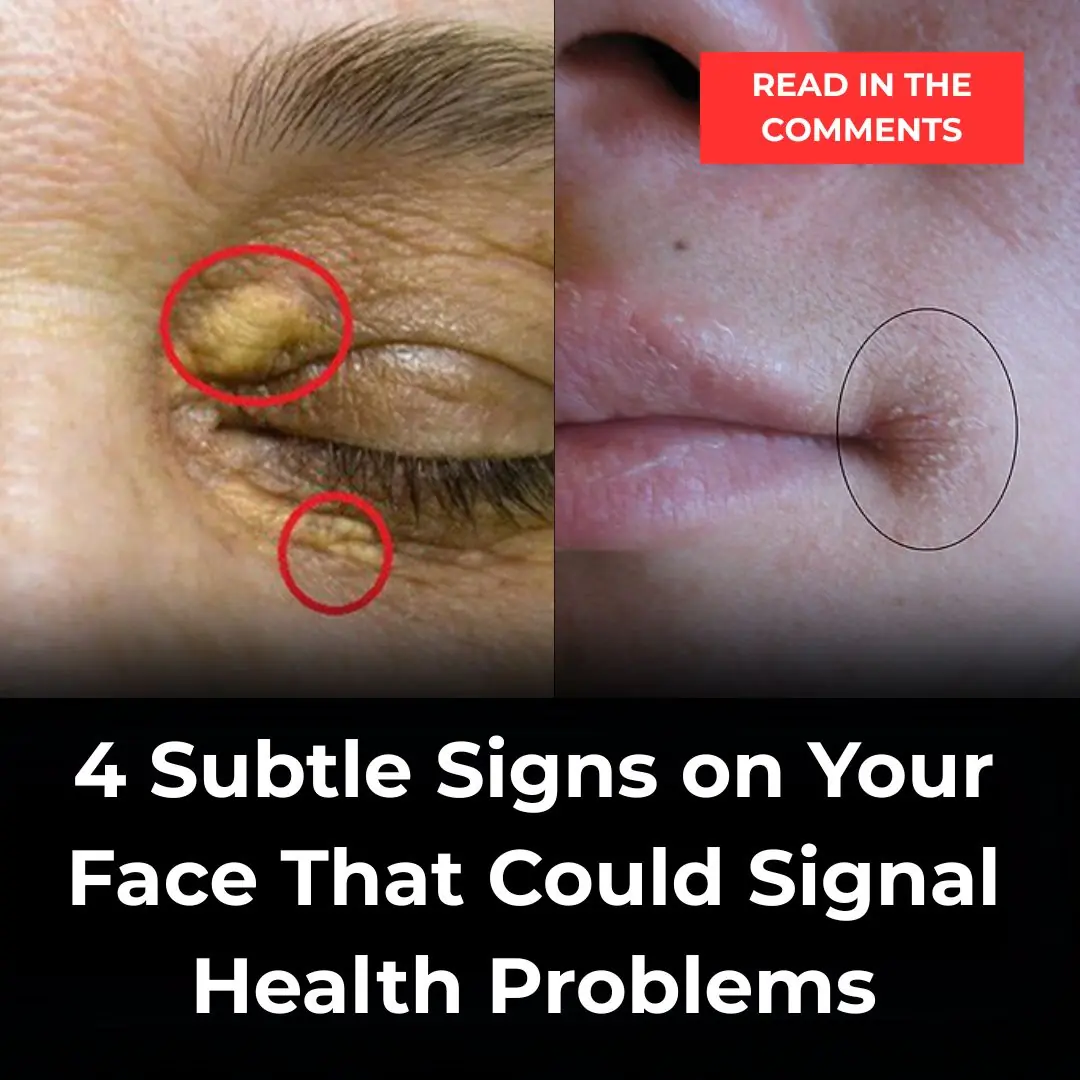
4 Subtle Signs on Your Face That Could Signal Health Problems

The Key to Everlasting Memories? Scientists discovered the "glue" that makes memories stick!

Listening to Music Literally Speeds Up Recovery from Surgery, Research Shows
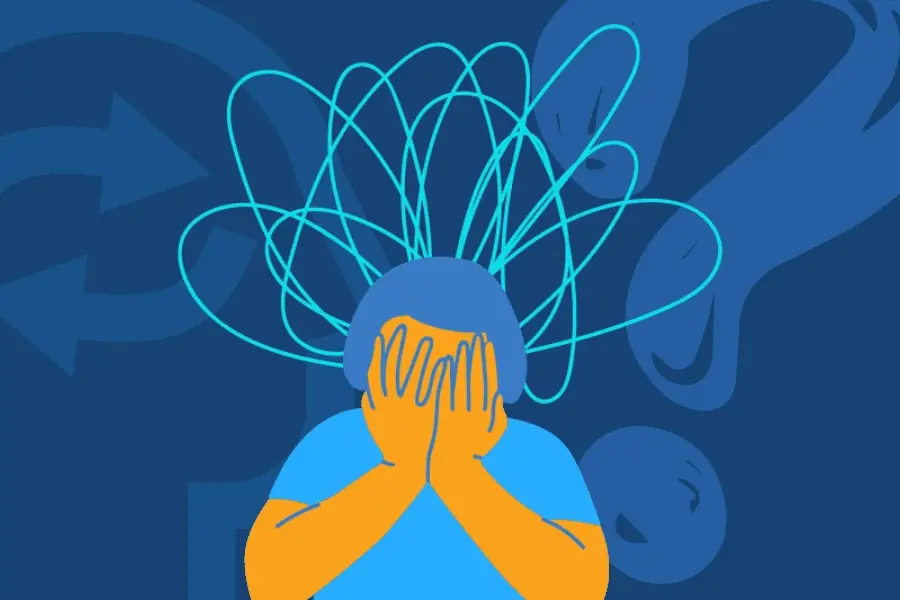
A Common Drug Used in Tylenol, Excedrin, and More Was Just Linked to ADHD

Pulsatile Tinnitus: Why You Hear Your Heartbeat While Lying Down

Doctor's Warning To People Whose Fingers And Toes Change Color And Feel Numb In The Cold
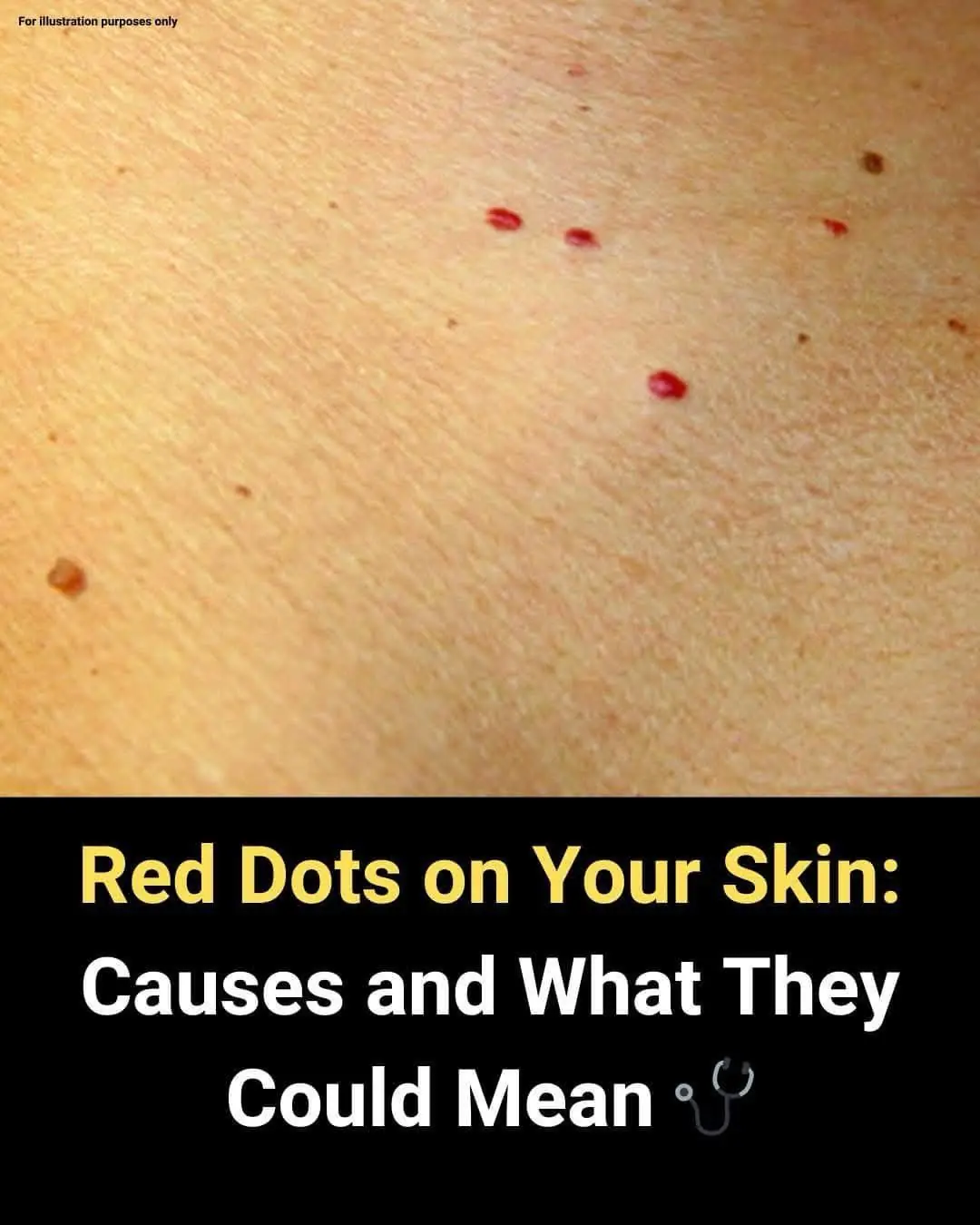
Red Spots on Skin: 13 Common Causes

Vaping vs. Smoking: New Study Says Vapes May Be More Harmful

Study Explains How the First Born Child Is Often the Most Intelligent

What 20 Seconds of Hugging Can Do for You

New Study Found Microplastics In Every Single Human Semen Sample

Unlock the Health Benefits of the Castor Bean Plant: A Natural Remedy for Wellness
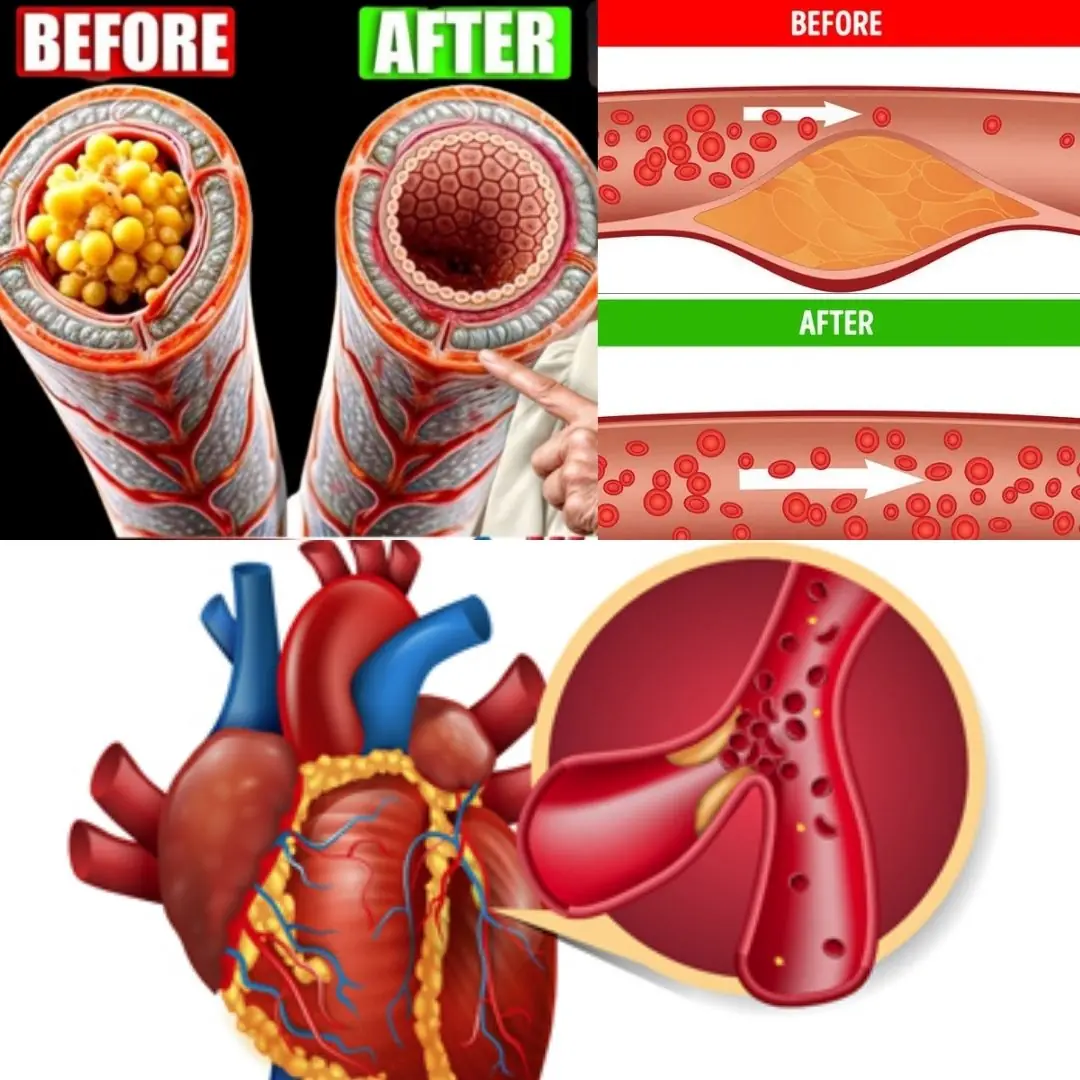
10 Vegetables That Are Good for Your Heart
News Post

Health Benefits of Horseradish Leaves: A Nutrient-Packed, Overlooked Green

Too Much Salt? Here’s How It Quietly Destroys Your Health from Head to Toe

Skin Cells Can Send Electrical Signals to Help Heal Wounds – A New Discovery in Wound Healing

Disturbing simulation reveals what really happens to your body after injecting Ozempic

Regular Blood Donation May Improve Blood Cell Health and Reduce Cancer Risk

Simulation Reveals Shocking Truth About What Ozempic Does To Your Body After Injection

Vitamin B12 Deficiency Symptoms

5 Early Signs of Colon Cancer You Shouldn’t Ignore

4 Subtle Signs on Your Face That Could Signal Health Problems

Girls Visit Dad's Grave to 'Show' Their New Dresses as He Asked, See 2 Boxes with Their Names

Turns Out I Rented an Apartment to My Husband's Mistress, and Their Next Date There Was One I'll Never Forget

Neighbor Mocks Poor Woman for Filthy Look of Her House, Apologizes after She Sets Foot Inside

My Wife Kicked Me Out of the House Because of the Sudden Confession of My Director

My Son’s New Classmates Turned Him from a Straight-A Student into a Troublemaker — But I Didn’t Give Up on Him

After My Brother's Funeral, His Widow Gave Me a Letter – I Wasn't Ready for What He'd Confessed

The Key to Everlasting Memories? Scientists discovered the "glue" that makes memories stick!

Listening to Music Literally Speeds Up Recovery from Surgery, Research Shows

A Common Drug Used in Tylenol, Excedrin, and More Was Just Linked to ADHD

Pulsatile Tinnitus: Why You Hear Your Heartbeat While Lying Down
